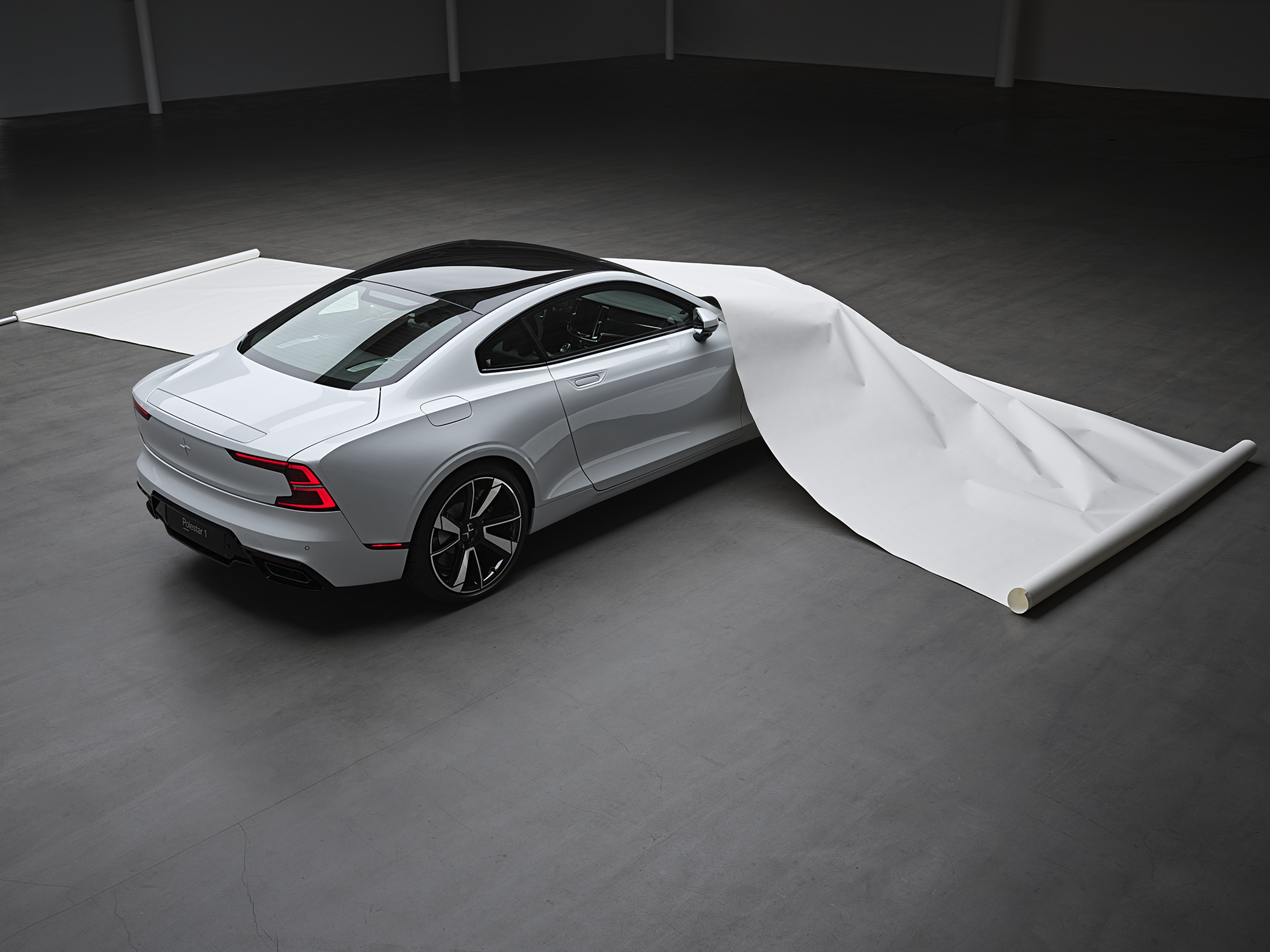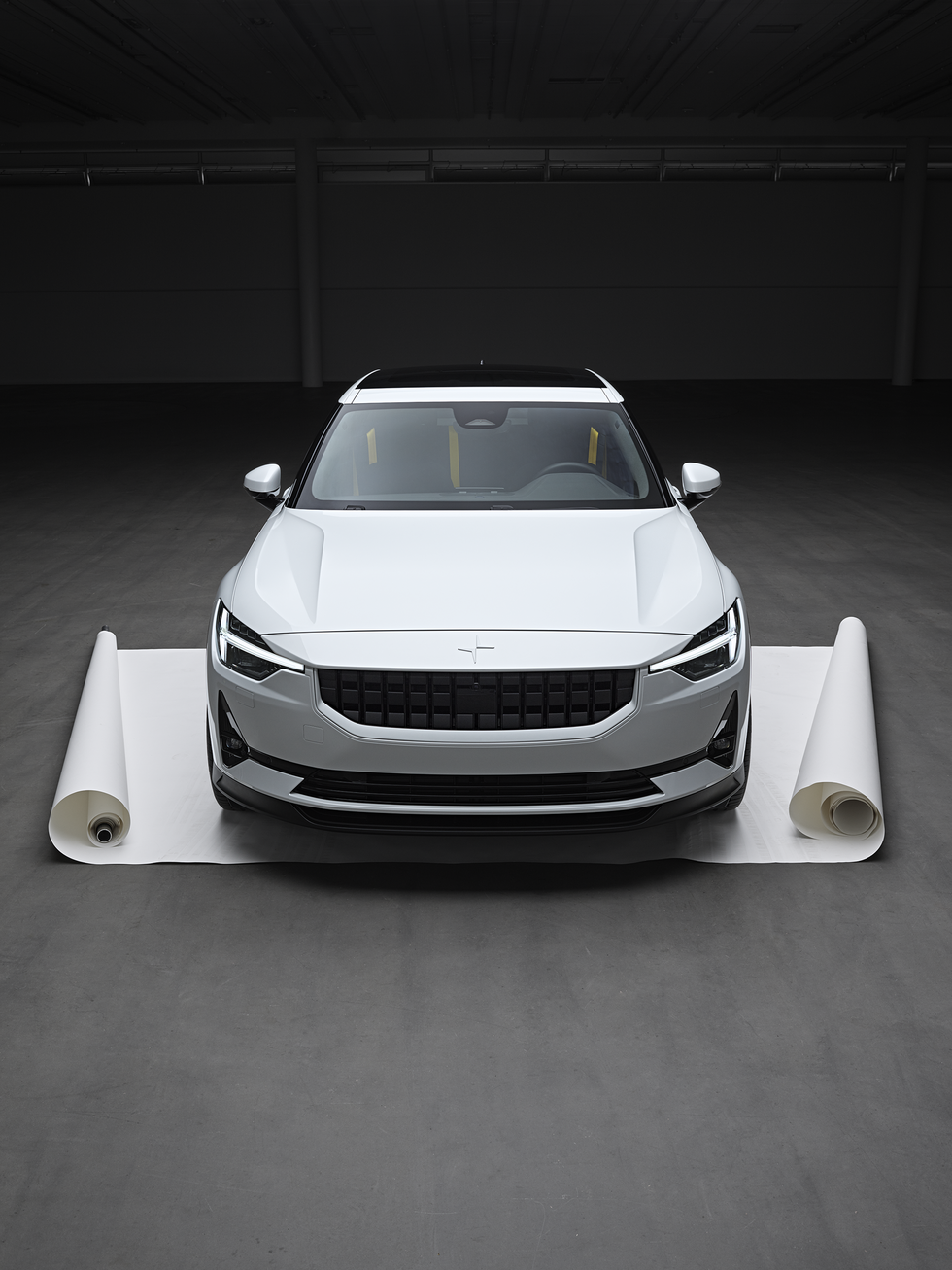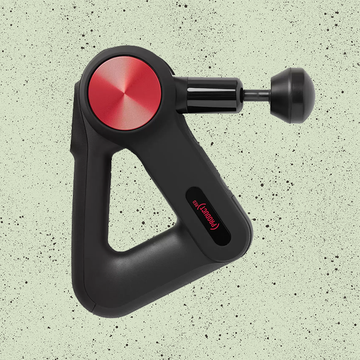If you wanted to start a forward-thinking global technology brand from scratch, you might picture a site on the outskirts of a city like Gothenburg, Sweden’s second and most liveable city, where a minimalist and monochrome, cube-like global headquarters could be built for a youthful international workforce to studiously problem-solve at hot-desks and hang-outs.
So far, so good. In fact, so perfect is the picture that greets new arrivals to the Polestar Cube, there’s a Black Mirror-like quality to the scene that suggests this could be some undetermined moment in the near future. Which in the context of the car industry, it kind of is. Because inside this glass-fronted building, Polestar is very busily and determinedly rethinking the model of a car company, in the manner of a tech start-up.
“It’s not just a marketing slogan,” Thomas Ingenlath, Polestar’s well-presented 54-year-old German CEO, tells me in a very sparse, very white boardroom. “If you have a much smaller company where things are so much more direct you can actually move so much faster.”
That almost every gleaming company car in the car park is a Volvo is explained by this particular start-up having the added advantage of being part-owned and backed by Gothenburg’s biggest employer (alongside Volvo’s own parent company, the Chinese car manufacturer Geely) whose own HQ is only a short stroll away.
Ingenlath, who in conversation occasionally gives off flashes of a central-European Tom Cruise, is still officially the design chief at Volvo too, and the man responsible for making its recent cars look implausibly good. That a designer has been made CEO certainly works with Polestar’s overall disruptor storyline. He also notes that managing a design studio isn’t a bad grounding for leading this kind of modern and — more buzzword bingo — agile company.
“The other thing is that we have a very high focus on aesthetics and brand,” says Ingenlath, who is famous for making sure every detail fits this overall vision, from the car to the office carpets.
And it’s very hard to argue with the looks of the Polestar 1, which is parked menacingly in the ground floor reception. Much of the initial excitement around the brand stems from its killer combination of crisp sci-fi styling and muscle car attitude. It looks like something Mad Max might drive if life ever turned out nice in the post-apocalypse.
Polestar 1 started life as the one-off Volvo Concept Coupé at the 2013 Frankfurt Motor Show; just another concept car that would never see the light of day. But reaction to it was such that it has become the launch model for a standalone electric performance brand. “It became this hi-tech thing that didn’t fit into Volvo anymore,” explains Ingenlath.
Volvo CEO Håkan Samuelsson asked Ingenlath, who was already “emotionally attached”, to lead the charge. Polestar, previously a race team and a tuning division, would become a car marque in its own right.
If predictions are to be believed, the potential prize is a big one. The global electric car market is set to move from around two million units annually to 25m in the next five years. China will make up over half of this on its own, driven by government incentives and an ambitious domestic car industry motivated to seize this new epoch-changing opportunity, and so make up ground on the car industry’s traditional big players.
All Polestar cars will be made at a purpose-built plant in Chengdu, China, that has been designed to be the most sustainable in the country — by a cool Norwegian architect’s practice, naturally. And as a marker of China’s no-nonsense ambition and industrial chutzpah, it will be 13 months from the first spade in the ground at the factory to the first Polestar 1 coming off the production line. A plug-in hybrid super GT made from carbon fibre, producing 600bhp and capable of 0–60mph in around four seconds, only 500 per year will be made and the first cars will be with customers by the end of this year, retailing at a pulse-quickening £135,000.
Driving an early prototype through city streets is not the perfect setting, but it is enough to appreciate the engineering work and testing that has gone into making this a very serious machine; testing which has taken place in the wilds of the Arctic Circle and the potholes of Britain’s B roads. As we drive, pedestrians pull out their cameras and scan for the badge with slightly confused expressions.
With the furthest all-electric range of any hybrid car at 100 miles, it could legitimately be run as an electric daily driver you can charge at home, with the flexibility to switch into a continent-crossing GT.
“What I have experienced with hybrids,” Ingenlath says, “is that they really help people to get into it — to say, ‘Wow, actually what I like about it is the electric part.’”
It’s with the second car — cunningly named Polestar 2, in a continuation of the brand’s anti-complicated approach — where the pure, all-electric story really begins. With a range of 311 miles, a vegan interior, producing 402bhp and costing £49,000, it will be produced in far greater numbers.
“It’s a body which I like a lot,” Ingenlath says, while leading a tour around his own handiwork. “People always like to ask if it’s a hatchback or a fastback or a sedan or an SUV, and I think that is exactly the charm of it. It’s a little bit of a thing of its own.”
The aggressive, gridded grille continues as a design cue, despite being less important practically for a pure electric car, so its function will change accordingly. “We don’t need that much air anymore, which is why it will become the smart zone,” he says. “Bit by bit, we will put the sensors, the cameras, the radars, the bits you normally painfully try to hide somewhere. In this way, the car still has a very characterful and proud face.”
During our conversation, examples from Apple come up more than once. When you’re buying an Apple laptop, he says, the options are deliberately limited. Yet car companies tend to give customers more and more choices in how your car is configured. Polestar will not. Given his way, the car might only be available in white. As it is, there are six colour choices.
In the cabin, Polestar will be the first to work with Google on an open source, app-based interface which can adapt to both new developments and your own preferences. So if you want Waze one day and Google Maps the next, it’s yours.
“That really is a complete shift in how you approach software in a car,” he says. “Basically admitting that the car industry doing everything themselves is the wrong way.”
He also sees a market for a new wave of specialist in-car apps and games that can be added as soon as they’re ready and encourages third party developers “to use their brains and their creativity to come up with stuff that we can do in a car”.
Inevitably, the Tesla analogy is never far away. Indeed “Tesla-killer” is a term Ingenlath hears a lot. What has he learned from its example?
“Tesla brought to the table for everyone how great an electric car can be. And, of course, not being hindered by all the voices warning you, telling you this is too risky, that this is not how we do it and how we did it. Of course, we see other things that we try to do differently or better.”
One of these being how the cars are sold. At a time when Tesla appears to be tweaking its online/offline sales strategy, Polestar aims to open around 60 Polestar Spaces around the world by the end of 2020. Across the campus in a large warehouse, a working mock-up of what these Spaces will look like is being experimented on in minute detail. Instead of being traditional showrooms, these will be more like city centre shops.
“We want to be where people are. We don’t want to force them out to the industrial suburbs,” says Polestar’s head of brand, Pär Heyden.
It’s easy to say it feels like a mini-Apple store but you get the drift. Other than the cars, there is little on display. A wall of brushed metallic drawers will allow customers to view different parts and get hands-on with the technology, while a work bench allows them to configure their car digitally. The first Polestar Space will open this October in Oslo, where almost one-third of new cars is electric, incentivised by the Norwegian Government. A London store will follow.
And in a final flurry of convention-bashing, staff at the Spaces will be product specialists rather than commission-hungry sales people, so hoping to change an age-old motor industry conflict between dealers, manufacturers and customers. Polestar buyers will be able to buy on subscription, choosing an all-inclusive-style contract with a concierge model which features having their car picked up for a service or ordering a bike rack for the weekend via their phone.
Launching new car brands is notoriously tough. Will brand loyalty, so long a reliable factor in the car business, be less relevant as we move into the electric era?
“You know what I hope?” asks Ingenlath. “People will still love brands, but this dogma that, ‘I am a BMW driver and would never drive anything else’ — I hope that is something that in the future people just become more educated and cool about it. Right now, it’s definitely about bringing more cars into the EV market so that people have a choice.”
On Valentine’s Day this year, Polestar released an animated break-up letter to the car industry, opening with “we need to talk” and culminating with the sentiment that “it’s time to move on”. They will be hoping that consumers are themselves ready to start a new relationship.
Like this article? Sign up to our newsletter to get more delivered straight to your inbox















